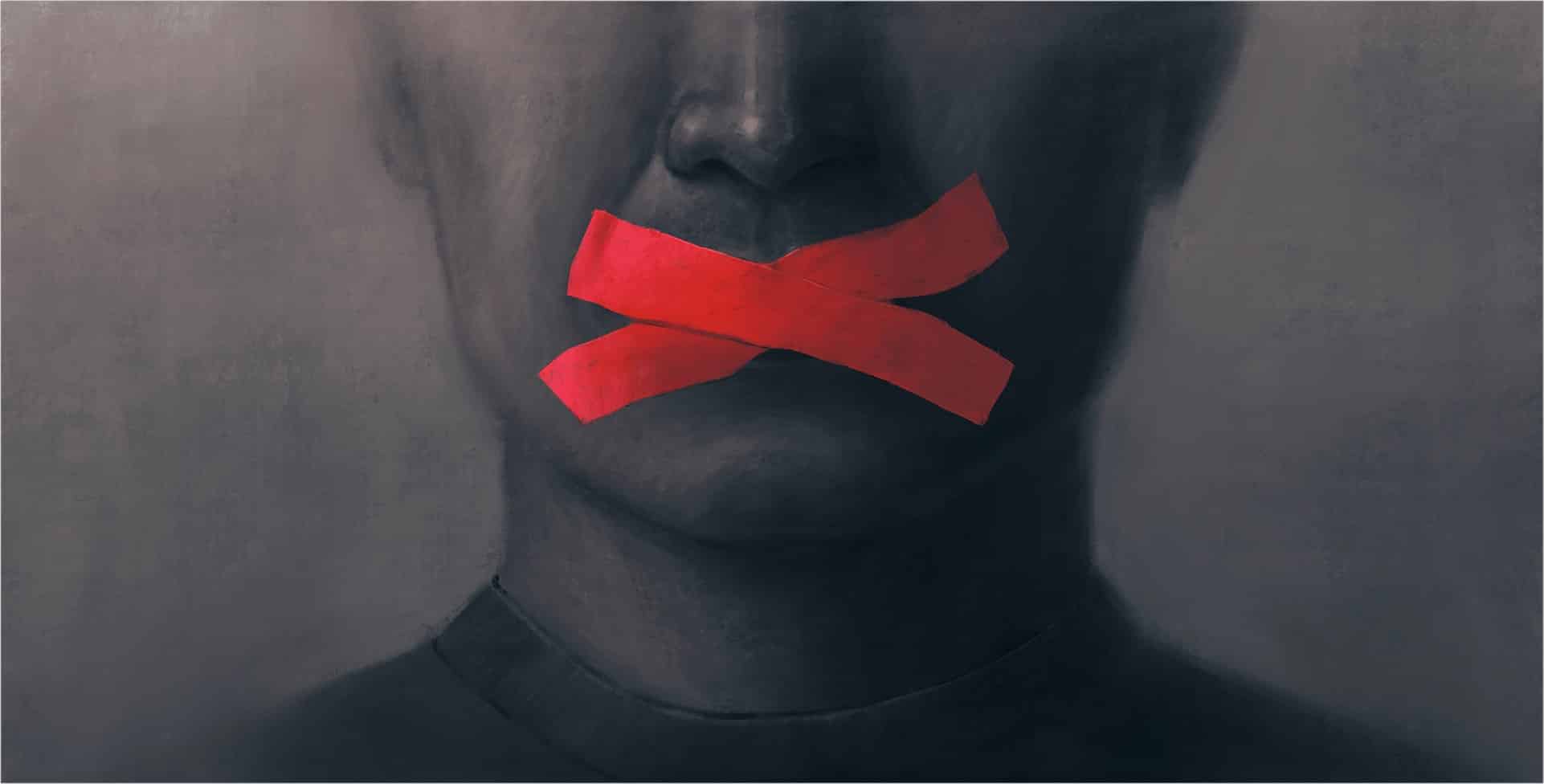
Control of Media in Iran
Control of Media in Iran
The 1979 revolution in Iran brough widespread and significant changes to every aspect of life for Iranians. The use of media also came under strict control, with swift and sometimes fatal consequences for those who speak out against the hardline regime.
Iran has one of the highest numbers of reporters in jail. According to Reporters Without Borders, at least 1,000 journalists and citizen-journalists have been arrested, detained, murdered, disappeared, or executed by the Iranian regime since 1979.
Censorship in Iran
Censorship in Iran is among the world’s most extreme, with freedoms reduced year on year. Reporters Without Borders ranks Iran 176/180 countries in the World Press Freedom Index (2024). The constitution in theory, offers freedom for the press (Article 24), but the 1986 press law allows repercussions against journalists who “endanger the Islamic Republic”, “offend the clergy and the Supreme Leader” and “spread false information”. These terms are applied subjectively as the authorities see fit.
Censorship is not limited to content, but popular forms of communication too. Authorities persistently block social media, such as WhatsApp, Facebook and Twitter, as well as many popular websites such as Blogger, HBO, YouTube, and Netflix when they deem it necessary. This is particularly true in times of protest and uprising where even regular channels of communication are strictly controlled.
The government continues to use every means possible to stop the people accessing banned media. But the more they legislate, intimidate, threaten and punish, the more curious the people become. Curiosity leads to hunger; hunger leads to courage. They begin exploring alternatives to the religion they’ve been fed – and they discover Christ.
The Rise of Social Media Amidst Media Censorship in Iran
Some three-quarters of Iranians older than 18, use social media and messaging apps, according to a 2021 poll by the Iranian Students Polling Agency.
The theocratic government works to ensure ‘un-Islamic’ influences on the population are eliminated.
Get our newsletter
Stay up to date with what God is doing in Iran today! Get the latest prayer points, project advancements, and opportunities to get involved.
Iran’s Control Over The Arts
After the Islamic revolution of 1979, Western songs were banned, together with record shops and even concert halls. Many in the arts industry were exiled or left by choice, with their vocation now under jeopardy. Anyone caught with music deemed ‘un-Islamic’ could be fined, lashed or imprisoned.
The government officially denies banning artists from performing but acknowledges that their creative work must meet strict state-sanctioned moral codes in order for them to perform.
Films were also banned after the revolution – viewed as products of the West. Many cinemas and movie theatres were burned down. Slowly, in the early 1980s, Film production did begin again in the 1980s, but this time under heavy censorship and control. American films and other films that are deemed to promote Western culture are still banned in Iran.
Iranians Defy Bans on Satellite Dishes
Under Iranian law (passed in 1994), satellite equipment is banned, with heavy fines and even jail time for those who distribute, use, or repair them. Iranian police regularly raid neighborhoods and confiscate dishes from rooftops. Despite all these efforts, according to the most conservative estimates, over 70 percent of Iranians now use satellite dishes.
The Iranian people actively seek ways to access news and entertainment from the West.
Pray for those using media to preach the gospel to Iranians. Pray that as Iranians seek a sound other than what they hear within their borders, they will find the life-giving words of Jesus.

Donate Today
